Palmer Luckey’s Anduril Revolutionizes Warfare with AI-Powered Augmented Reality, Taking Over the $22B IVAS Program
- Anduril Industries, founded by VR pioneer Palmer Luckey, has assumed control of the US Army’s Integrated Visual Augmentation System (IVAS), integrating its Lattice AI to create the groundbreaking EagleEye helmet.
- EagleEye promises soldiers superhuman perception, enabling them to see through walls, night, and fog while fusing real-time data from helmets, drones, satellites, and more for unparalleled battlefield awareness.
- Beyond combat, the technology extends to law enforcement and other sectors, envisioning a future where AI guardians enhance human decision-making in high-stakes environments, potentially saving lives and billions in costs.
Few innovations capture the imagination quite like the idea of turning ordinary soldiers into superhuman warriors. Palmer Luckey, the visionary behind Oculus VR and now the founder of Anduril Industries, is making that sci-fi dream a reality with the EagleEye helmet. This isn’t just another gadget—it’s a paradigm shift in how we approach warfare, drawing from decades of ambitious but flawed attempts to augment human capabilities on the battlefield. As Anduril takes the reins of the US Army’s $22 billion IVAS program, the company is poised to deliver what predecessors couldn’t: a seamless fusion of augmented reality (AR), artificial intelligence (AI), and sensor networks that could redefine modern combat.
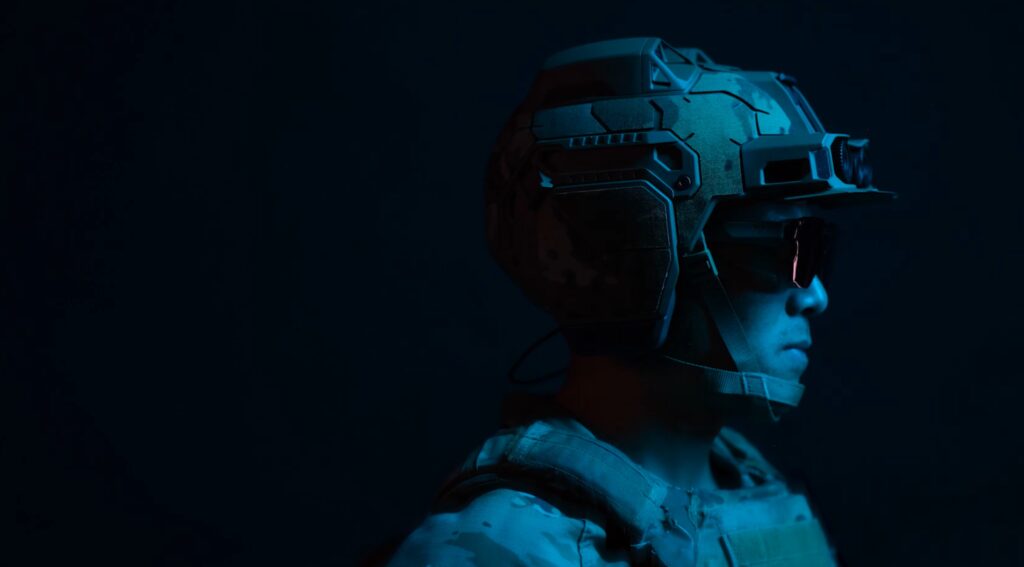
The roots of IVAS trace back to a longstanding military aspiration to enhance soldiers’ senses beyond human limits. Inspired by concepts as old as Robert Heinlein’s 1959 novel Starship Troopers, where troops in mech suits wield fighter-jet-style heads-up displays (HUDs), the US Army has pursued similar ideas through programs like Land Warrior, Future Warrior, and Net Warrior. These efforts aimed to provide real-time ballistic calculations, target marking, and environmental awareness, but they repeatedly faltered due to immature technology, poor integration, and the absence of a robust software backend. IVAS, launched in 2018, represented the latest iteration—a soldier-worn system designed to overlay digital information onto the real world, offering night vision, thermal imaging, and hyperspectral detection without the need for bulky equipment.
Microsoft initially won the massive IVAS contract in 2021, basing the system on a ruggedized version of its HoloLens AR headset. The goal was ambitious: equip every rifle-bearing soldier with superhuman vision to “never miss their shot” or hit the wrong target. However, the program hit significant roadblocks. Soldiers reported issues like nausea, dizziness, and disorientation during trials, with some bluntly stating, “This is going to get me killed.” Technical glitches, including poor hardware performance and signature problems that could reveal users’ positions, compounded the delays. By 2023, the Army was debating the program’s future, with congressional scrutiny highlighting potential waste of billions if the system didn’t meet warfighter needs. The Department of Defense’s Inspector General even warned in 2022 that proceeding without fixes could squander nearly $22 billion.
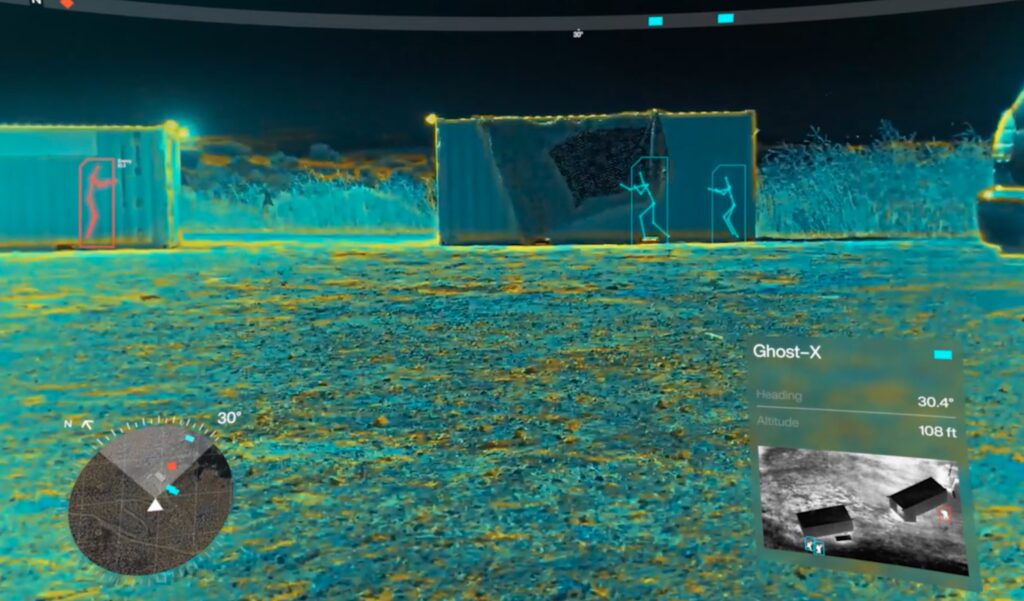
Enter Anduril. Founded in 2017 by Luckey after selling Oculus to Facebook (now Meta) for $2 billion, the company has rapidly become a defense tech powerhouse, focusing on AI-driven autonomy and sensor fusion. In late 2024, Anduril partnered with Microsoft to integrate its Lattice AI platform into IVAS prototypes—a process completed in under three weeks. Lattice, Anduril’s core software, creates a “common fused view” of the battlefield by aggregating data from myriad sources: soldiers’ helmets, drones, aircraft, satellites, and ships. This breakthrough addressed IVAS’s key shortfall: without a sophisticated backend, even advanced hardware was little more than a clunky HUD. Soldier feedback during trials was glowing; they could detect incoming drones, predict attack vectors, and identify safe positions in real time.
By April 2025, with Army approval, Anduril fully took over as the prime contractor, absorbing Microsoft’s IVAS employees, hardware, IP, and facilities. This transition marked a pivotal moment, allowing Anduril to redesign the system from the ground up. Unveiled on October 13, 2025, at the Association of the United States Army (AUSA) conference, EagleEye represents what Luckey calls “by far the best AR/VR/MR vision augmentation system ever built.” It’s a fully integrated ballistic helmet that combines protection from direct fire, blasts, and concussions with advanced augmentations like hearing enhancement, vision protection, and sensor arrays—all without the snag hazards of clip-on designs.
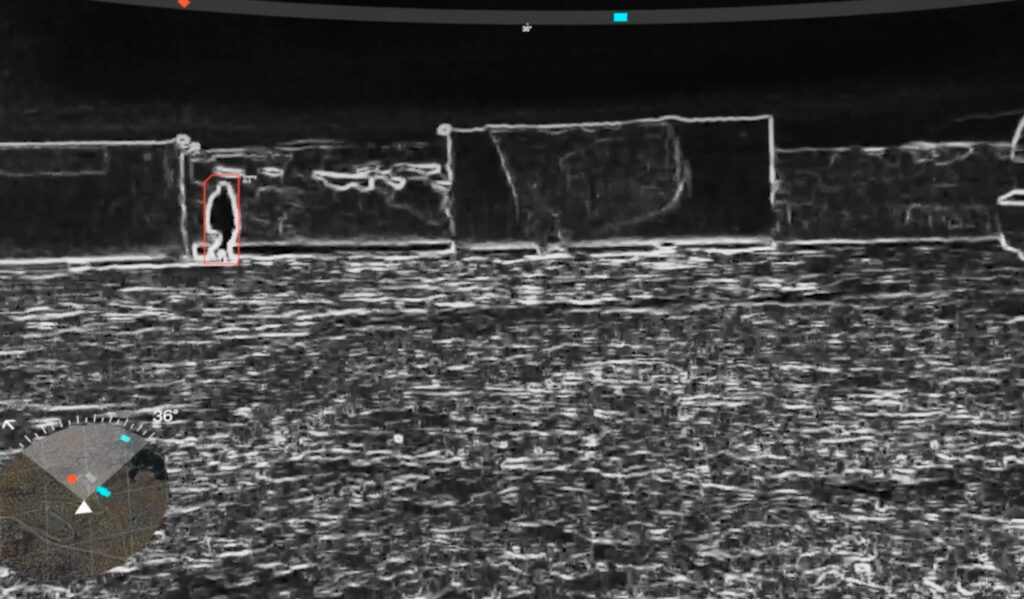
At its core, EagleEye grants soldiers “superhuman perception.” Users can “see through walls, night, and fog” via thermal, hyperspectral, and wall-penetrating radar integrations. Imagine marking targets digitally without emitting visible lasers that enemies could detect, or sharing enemy positions in real time so teammates “see” threats behind buildings as if the walls were transparent. The system factors in wind, motion, and enemy behavior for precise ballistic predictions, ensuring shots hit their mark. And it’s not just about individual enhancement—EagleEye networks with Lattice to create a collective intelligence, where every sensor contributes to a shared battlespace view. A drone spotting a sniper five kilometers away? The helmet alerts you instantly, highlighting the threat and suggesting cover.
Luckey, drawing from his VR expertise, emphasizes the leap in resolution, field of view, and graphical fidelity—comparing it to the revolutionary jump he made with Oculus. Partnerships with Meta for XR tech, Qualcomm for processing, OSI for optics, and Gentex for helmet design have accelerated development. The first fully integrated units, complete with Lattice-fed tracking, were slated for completion by late March 2025, with Anduril planning to deliver about 100 to the Army in 2026. But Luckey’s vision extends far beyond infantry. He envisions EagleEye variants for logisticians, pilots, and every military branch, turning the entire force into “eyes for everyone else.” The system seamlessly integrates with robots, like drone swarms or robot dogs, allowing soldiers to offload tasks: “Watch that guy,” and the AI handles tracking, freeing humans for critical decisions.
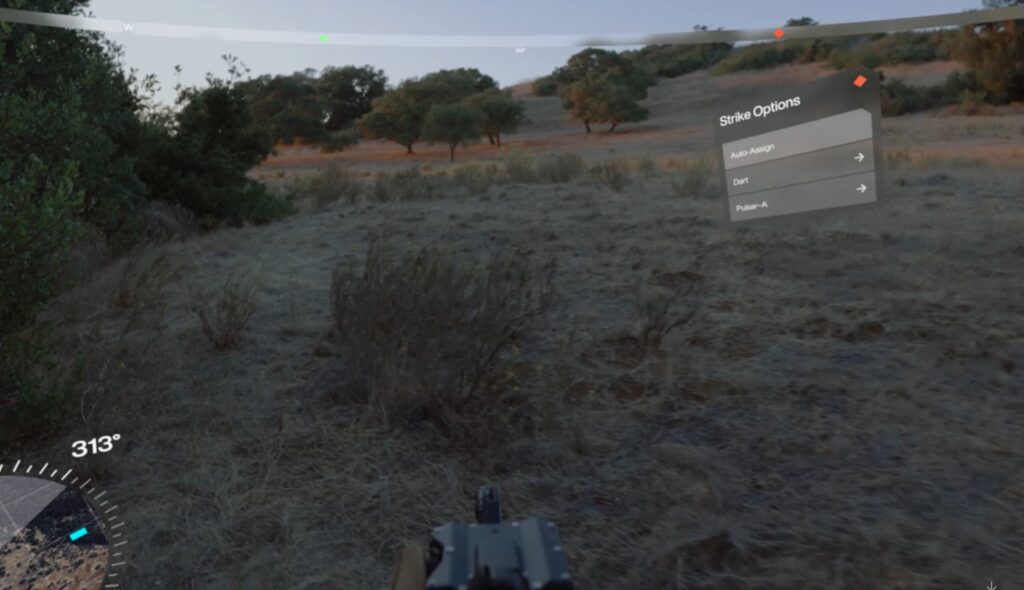
Looking broader, EagleEye’s implications ripple into civilian sectors, particularly law enforcement. Luckey imagines lighter versions resembling Oakley sunglasses, running Lattice for threat detection without the bulk of a full helmet. Body cameras could evolve into 360-degree guardians, spotting disturbances like a window opening for a shot and issuing instant alerts: “Dive left for cover.” This shifts body cams from mere accountability tools—often used against officers—to proactive “guardian angels” that enhance safety. While facial recognition raises ethical concerns due to potential errors, alternatives like skeletal pose analysis, clothing recognition, or hyperspectral markers (invisible paints that glow under specific sensors) offer reliable identification for missions like hostage rescues or high-value target raids.
Of course, such power comes with challenges. Historical IVAS issues underscore the need for user-centric design to avoid motion sickness or overload. Anduril’s approach—distilling expertise from top operators into AI models—aims to mitigate this, providing on-the-fly advice like defusing a bomb or identifying enemy tactics based on flight patterns. Luckey is adamant: this isn’t about replacing humans but augmenting them into “unstoppable technomancers,” saving hundreds of billions in taxpayer dollars by making forces more efficient.
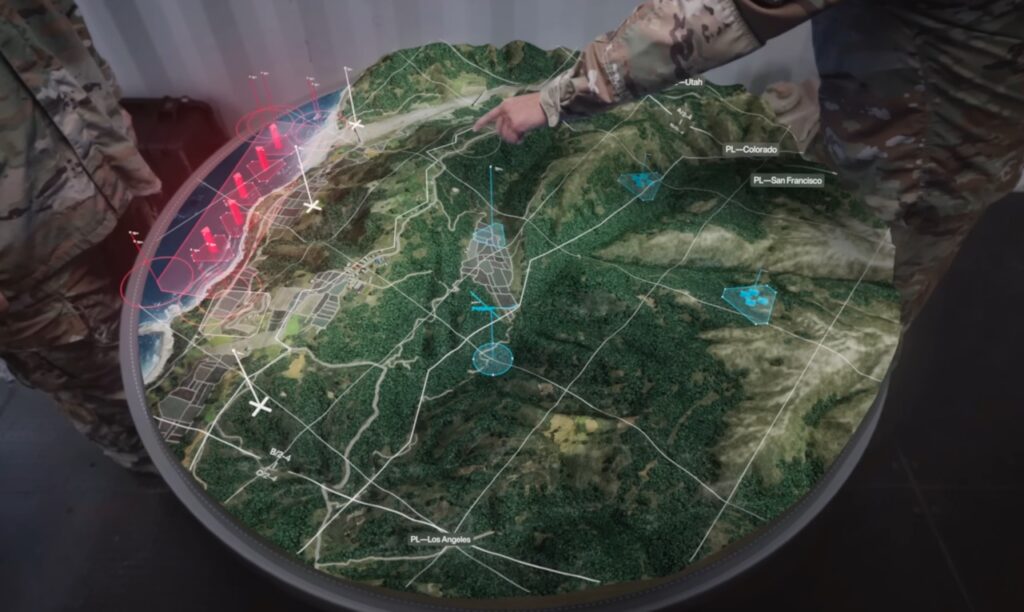
As we stand on the cusp of this technological frontier, EagleEye isn’t just a helmet—it’s a glimpse into a future where AI and human ingenuity merge seamlessly. With Anduril at the helm, the US military could finally realize the superhuman soldier dream, but the true test will be on the battlefield. Will it deliver the edge needed in an increasingly complex world? Only time—and rigorous testing—will tell.

